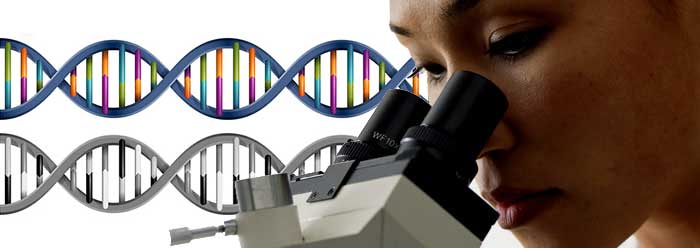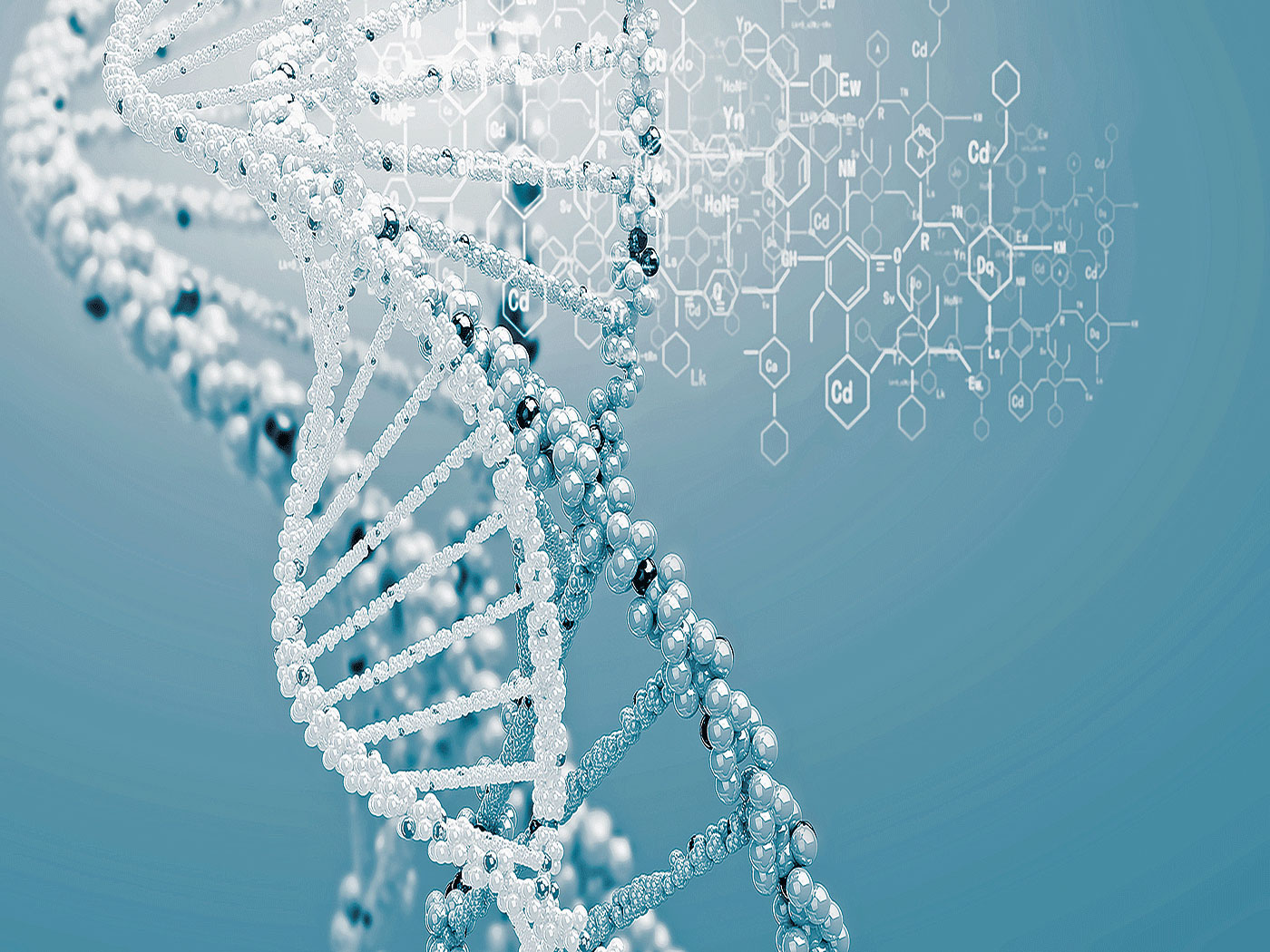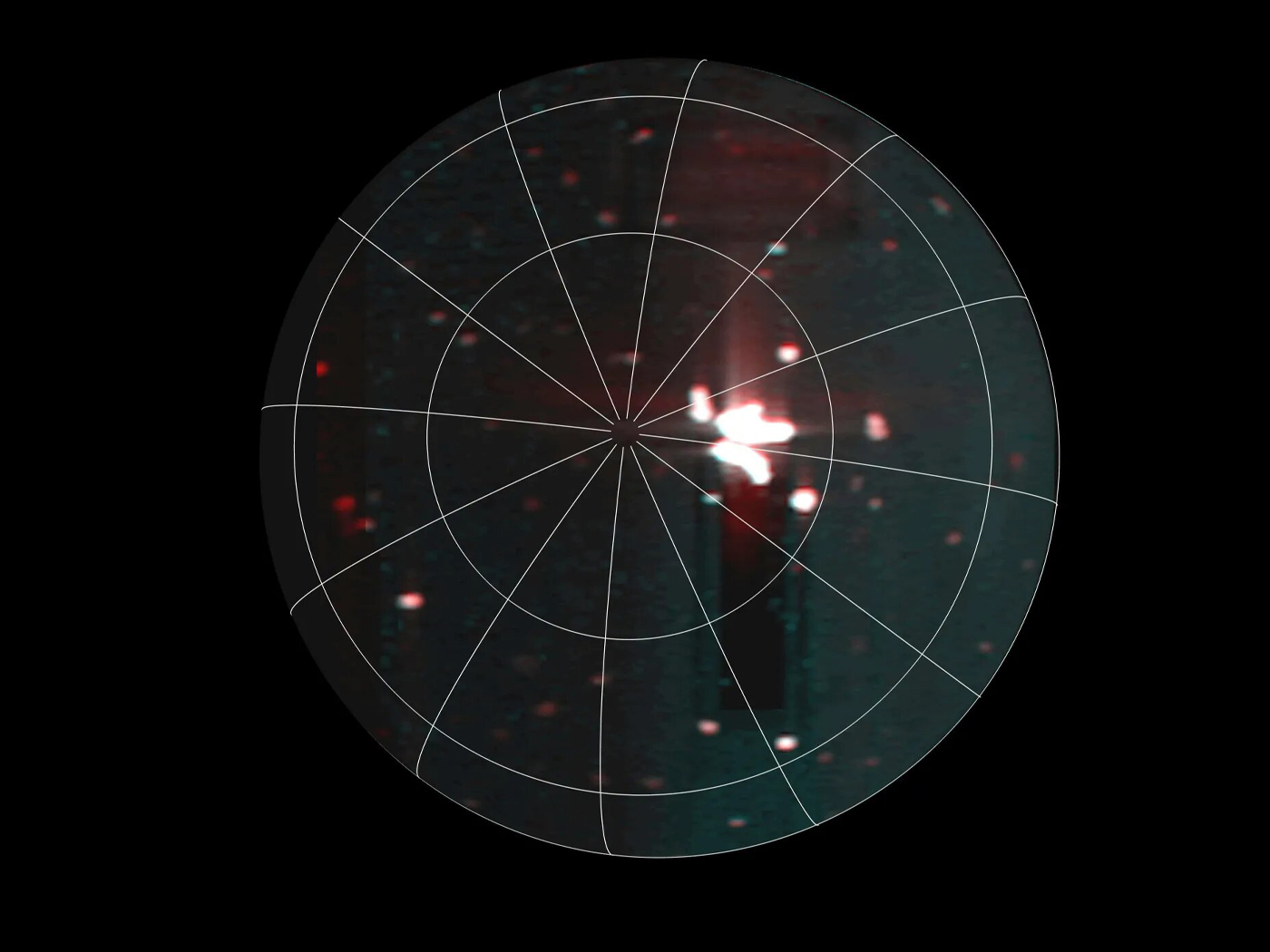Researchers have just characterized a new, previously hidden genetic code embedded within the same sections of genes that code for proteins—utterly defying all naturalistic explanations for its existence.1
In addition to supplying many different types of genetic code that regulate function, the genome also provides highly complex coded templates for making a wide diversity of functional RNA molecules and proteins.
Protein-coding genes—those containing the key information to make proteins—hold the most-studied type of genetic code. Some of the most important chunks of code in genes are the exons, which specify the actual template for protein sequences.
In exons, three consecutive DNA letters form what is called a codon, and each codon corresponds to a specific amino acid in a protein. Long sets of codons in genes contain the protein-making information that ends up being translated into entire proteins that may be hundreds of amino acids in length.
Before this study, scientists were aware that the protein-coding regions of genes had mysterious signals other than codons that told the cell machinery how to regulate and process the RNA transcripts (copies of genes) prior to making the protein. Researchers originally thought that these regulatory codes and the protein template codes containing the codons operated independently of each other.
In reality, the new results showed that these codes actually work both separately and together. While one set of codons specifies the order of amino acids for a protein, the very same sequence of DNA letters also specifies where necessary cellular machinery (transcription factors) are to bind to the gene to make the RNA transcript that codes for a protein. As a result of this new discovery, these dual-function code sites in exons have been labeled “duons.” Scientists just last year reported that transcription factors clamped onto some exons inside genes but did not understand this dual code system until now.2
The human mind struggles to comprehend the overall complexity of the genetic code—especially the emerging evidence showing that some genes have sections that can be read both forward and backward.3 Some genes overlap parts of other genes in the genome, and now it has been revealed that many genes have areas that contain dual codes within the very same sequence.1,4
Even the most advanced computer programmers can’t come close to matching the genetic code’s incredible information density and bewildering complexity. An all-powerful Creator appears to be the only explanation for this astounding amount of seemingly infinite bioengineering in the genome.
References
- Stergachis, A. B. et al. 2013. Exonic Transcription Factor Binding Directs Codon Choice and Affects Protein Evolution. Science. 342 (6164): 1367-1372.
- Neph, S. et al. 2012. An expansive human regulatory lexicon encoded in transcription factor footprints. Nature. 489 (7414): 83-90.
- Tomkins, J. Bewildering Pseudogene Functions Both Forwards and Backwards. Creation Science Update. Posted on icr.org June 14, 2013, accessed December 19, 2013.
- Sanna, C. R., W. H. Li, and L. Zhang. 2008. Overlapping genes in the human and mouse genomes. BMC Genomics. 9: 169.
*Dr. Tomkins is Research Associate at the Institute for Creation Research and received his Ph.D. in genetics from Clemson University.
Article posted on January 6, 2014.














